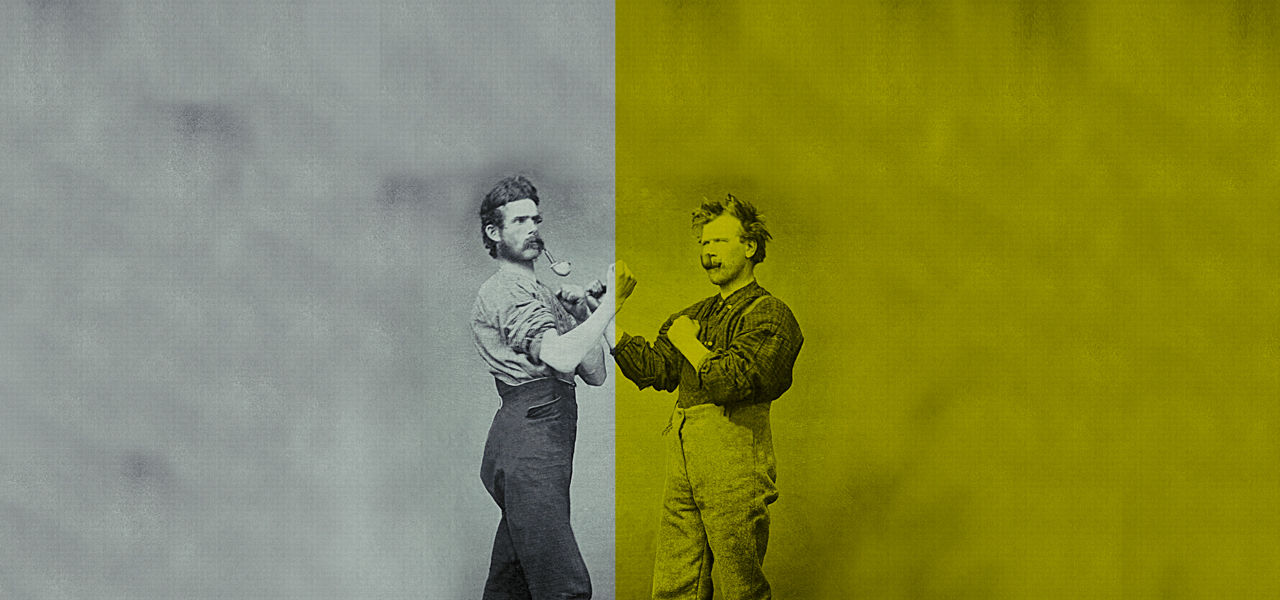


BARTITSU HISTORY
In 1898, Edward William Barton-Wright, an English engineer who had spent the previous three years living in Japan, returned to England and announced the formation of a "New Art of Self Defence".[2] This art, he claimed, combined the best elements of a range of fighting styles into a unified whole, which he had named Bartitsu. Barton-Wright had previously also studied "boxing, wrestling, fencing, savate and the use of the stiletto under recognised masters", reportedly testing his skills by "engaging toughs (street fighters) until (he) was satisfied in their application." He defined Bartitsu (ばちつ) as meaning "self defence in all its forms"; the word was a portmanteau of his own surname and of "Jujitsu",
As detailed in a series of articles Barton-Wright produced for Pearson's Magazine between 1899 and 1901, Bartitsu was largely drawn from the Shinden Fudo Ryu jujutsu of Terajima Kunichiro (not to be confused with the SFR taijutsu associated with the Bujinkan lineage) and from Kodokan judo. As it became established in London, the art expanded to incorporate combat techniques from other jujutsu styles as well as from British boxing, Swiss schwingen, French savate and a defensive canne de combat (stick fighting) style that had been developed by Pierre Vigny of Switzerland. Bartitsu also included a comprehensive physical culture training system.

BARTITSU STYLES

You have two hands to punch and grab, and two legs to kick with. Kicking is common in many martial arts from the Eastern Hemisphere, but most are unaware of the foot-centric Western Martial Art that is still practiced today called savate.
When did Victorian boxing and wrestling start? And who were the boxers and wrestlers?


CANE/ WALKING STICK
By the 19th century, the walking stick had become the hallmark of distinction, authority and strength. For the gentlemen of the era, it was not only an indispensable fashion accessory but also a source of confidence, security and nonverbal deterrence on the streets of Europe.
Perhaps the first mention of Ju-Jitsu in Great Britain was an article published in the ‘Idler’ in October 1892 by G.B. Burgin. It was called: ‘Japanese Fighting: Self Defence by Sleight of Body’. In this article Burgin had been aided by Takashima Shidachi of Tokyo. Shidachi had given a lecture on JuJitsu to the Japan Society of London in 1892.
